“…the principle of employing women in this country [France] is accepted and they will be made use of wherever conditions admit.” - Field Marshall, Sir Douglas Haig. (March, 1917).
When examining the role of the Women’s Army Auxiliary Corps, it is first important to consider the role of women in the early part of the twentieth century. At this time, women were still victim to a number of gender inequalities. However, from the horror and tragedy of the first world war, came very positive advances in the fight for women’s rights.
For example, women over thirty were, at long last, granted the right to vote in the U.K., in 1918. There can be little doubt that the significant role played by women during the First World War was a major factor in this political decision.


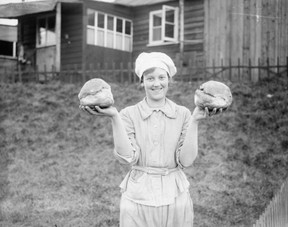 The official date of the formation of the Women’s Army Auxiliary Corps (WAAC), is July 7th, 1917. Mrs. Chalmers Watson was appointed the organisation’s Chief Controller.
The official date of the formation of the Women’s Army Auxiliary Corps (WAAC), is July 7th, 1917. Mrs. Chalmers Watson was appointed the organisation’s Chief Controller.

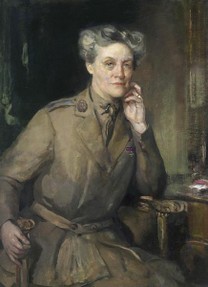 Mrs. Chalmers Watson (a well respected medical practitioner from Edinburgh), was summoned to a meeting with Lord Derby, in which they discussed the premise of women in the army. According to Watson’s recollection of the meeting, Derby was insistent that he did not want the full enlistment of women.
Mrs. Chalmers Watson (a well respected medical practitioner from Edinburgh), was summoned to a meeting with Lord Derby, in which they discussed the premise of women in the army. According to Watson’s recollection of the meeting, Derby was insistent that he did not want the full enlistment of women.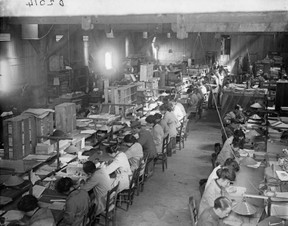 To be eligible to join the WAAC, women had to have two references; pass a medical; and sit before a selection board.
To be eligible to join the WAAC, women had to have two references; pass a medical; and sit before a selection board.


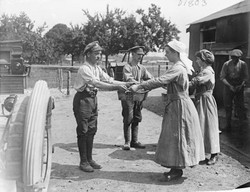

 How to Avoid College Debton 07/31/2014
How to Avoid College Debton 07/31/2014
 Was Charlotte Bronte Jealous of her Sister Anne?on 07/15/2014
Was Charlotte Bronte Jealous of her Sister Anne?on 07/15/2014
 Whose Side is Cancer Research UK on?on 07/06/2014
Whose Side is Cancer Research UK on?on 07/06/2014
 A Plot Summary of Electra by Sophocleson 07/05/2014
A Plot Summary of Electra by Sophocleson 07/05/2014

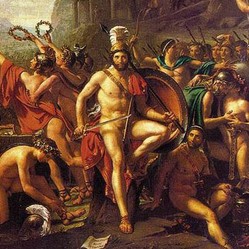
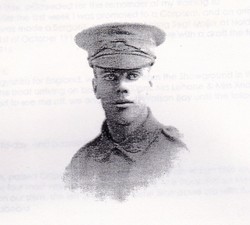
Comments